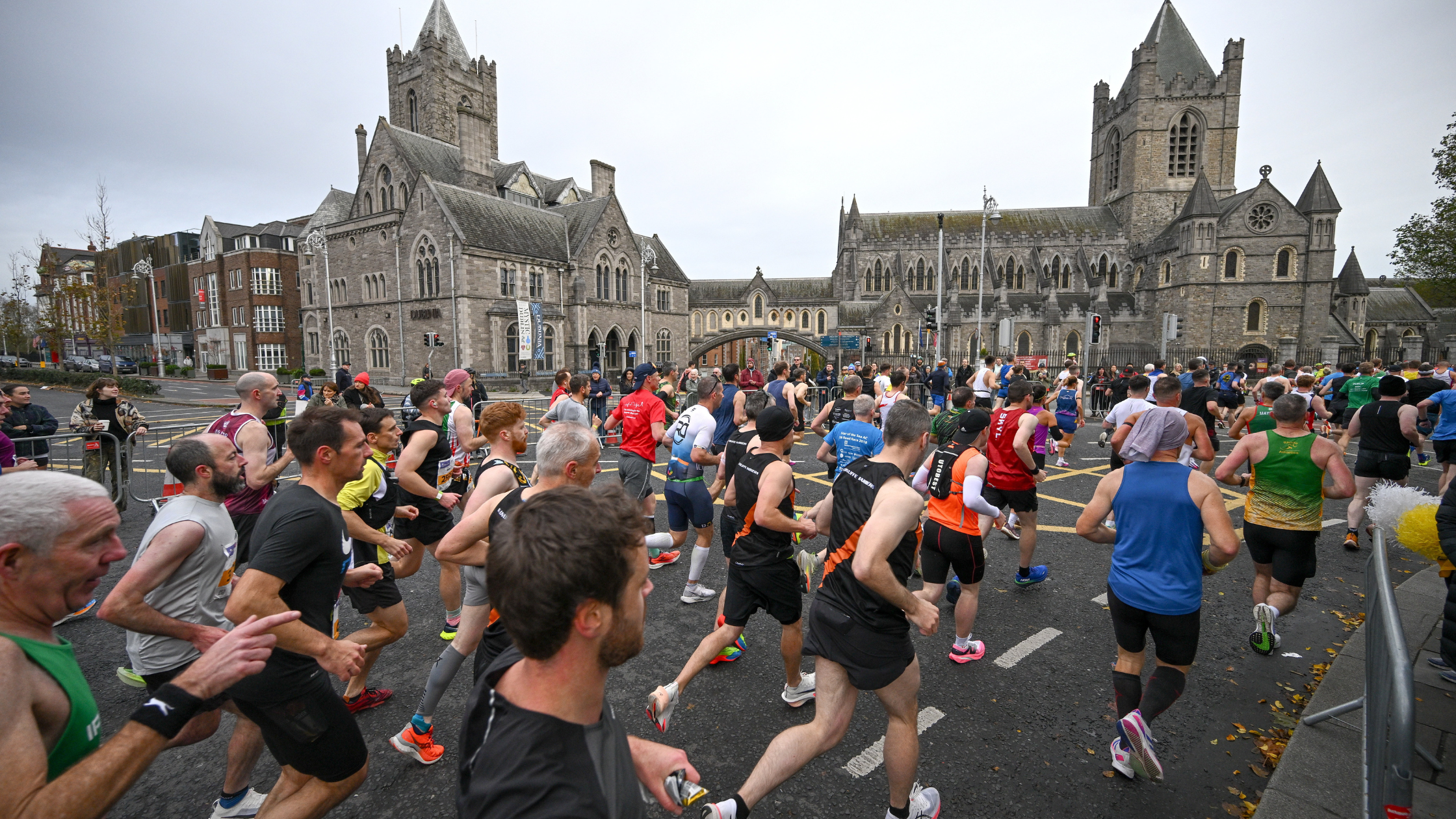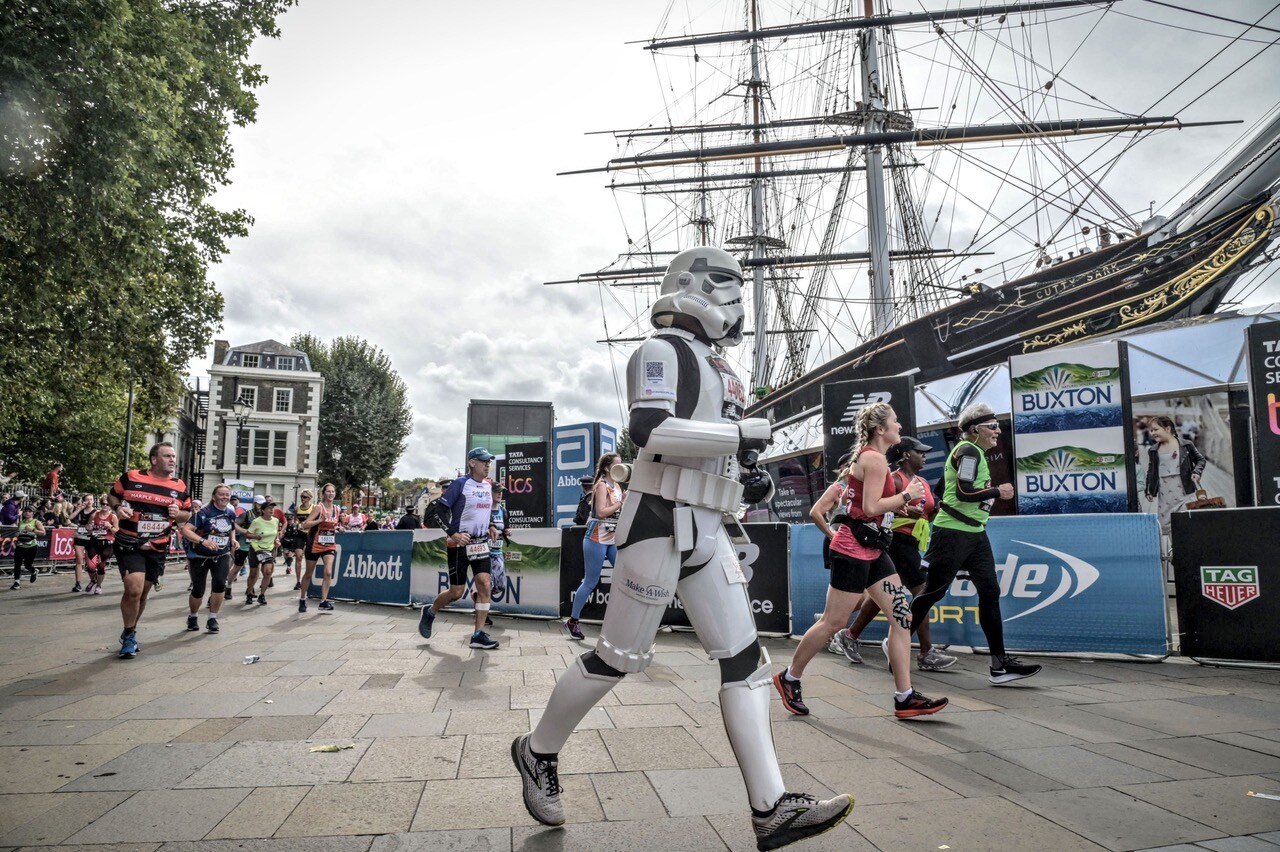Sesamoiditis is an inflammatory condition especially common among runners, with pain focused under the big toe on the ball of the foot. Sesamoiditis particularly afflicts runners once the the track spikes come out.
It is perhaps only the anatomists who know that there are two small jelly bean like bones under the big toe joint called the sesamoids. It is said they get their name from the resemblance to sesame seeds. These are embedded in the large tendon that runs under the big toe, from the muscles the long toe flexor or flexor hallucis longus (FHL) and the shorter tendon, flexor hallucis brevis - see Picture 1. They act as a fulcrum point as you push off giving extra leverage and power.
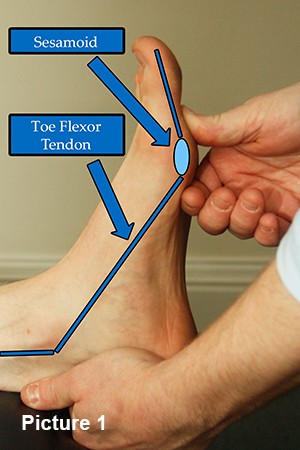
The sesamoids suffer repeated impact when running and in some cases this can lead to fracture. The primary issue in runners is inflammation. The impact and pressure is huge and the transition from softer trainers and ground to spikes and the track can be telling. Poor running mechanics and tightness in the associated tendons and tissues all contribute.
Red flag signs
If there has been a sudden onset of sharp symptoms in the toe there is likely to be a fracture, especially if you can point to when it came on.
If there is a constant feeling of burning or nerve like pain – there is potential nerve damage and this needs to be assessed by your physio.
How does sesamoiditis feel?
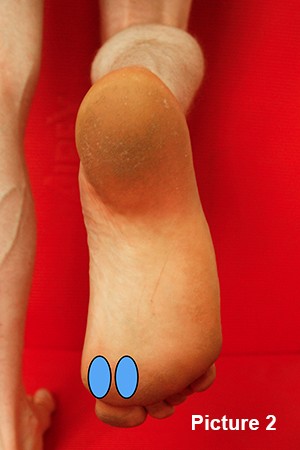
The ball of the foot is very tender to walk and weight bear upon . It feels like you have something in your shoe. To bend the toe up causes a sore and even sharp feeling with a tight tugging felt through the toe and into the sole of the foot.
Running is difficult as you feel like you are landing on a ball bearing . It can warm up and allow a bit of running but they are often very sore afterwards.
The toe joint can look swollen especially after running. The joint can creak to move which is known as crepitus and is a sign of inflammation in a tendon.
Palpation of the ball of the foot shows the tender spots clearly but you often have to press quite hard into the area.
Causes of Sesamoiditis
Tightness in the toe flexors is a primary cause. The sesamoids sit in the tendons and should slide and glide around the ball of the foot during walking and running. If the tendons are tight then normal mechanics is disrupted and the sesamoids are subjected to more stress.
To test for tightness in the toe flexors you firstly need to check if the toe joint is able to flex or bend upwards. There should be 60 degrees of extension in the big toe joint with the foot pointed down. This varies a lot but 60 degrees is the minimum. See Pictures 3 and 4.
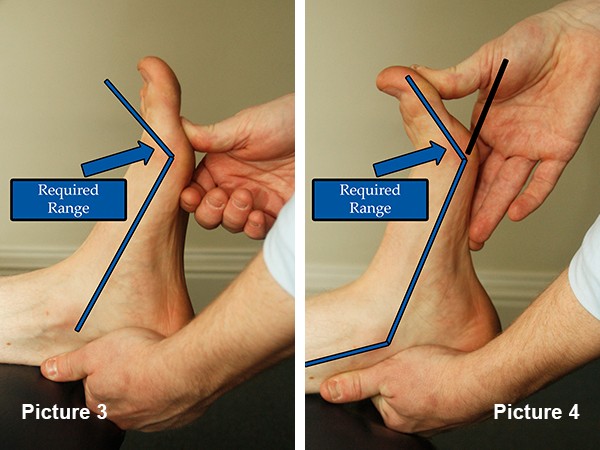
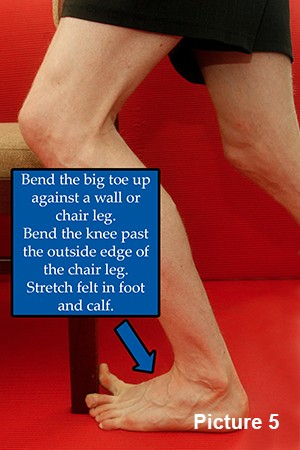
This range should also be available with the foot pulled up towards you. This requires the toes flexor tendons and the plantar structures to be flexible enough to allow the movement.
To treat this tightness you need to stretch the toe and the tendons. 2 minutes 4 times a day as shown in Picture 5. If you have an active sesamoiditis it will be sore to do this but work into it as long as there is no real sharp pain.
Note: If there is a very stiff lack of range in the toe even when pointed downwards the toe may have some bony issues like hallux rigidus. This needs to be assessed properly and you should seek the advice of a specialist physiotherapist or foot and ankle surgeon.
Other treatment of sesamoiditis
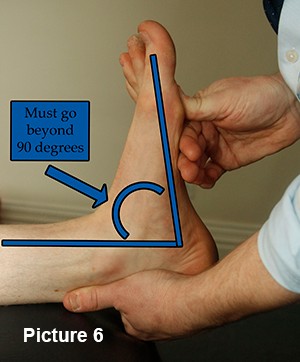
As the issue is one of inflammation the usual ice and rest is advised in most cases. A week or so of being off of the foot as able and stretching usually solves the problem.
Associated issues are tightness in the calf muscles where the foot is unable to bend past 90 degrees (as shown in Picture 6.) Calf tightness causes the toes to be loaded much earlier in the running gait. Treat with 2 minutes of stretching and rolling (see Picture 7) 4 times a day.
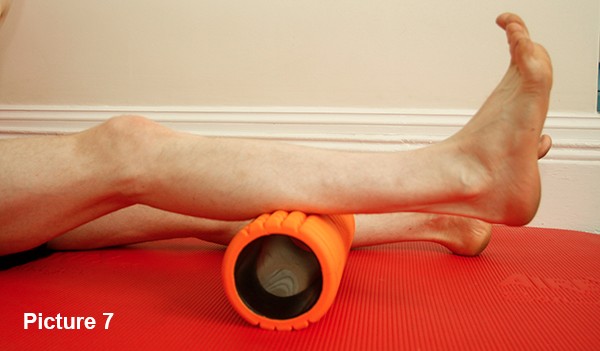
Weakness in the foot stabilisers, especially tibialis posterior allows the inside of the foot to be loaded more than it should. If you can push the foot out as shown in Picture 8 then the tibialis posterior is weak and should be strengthened using the technique in Picture 9.
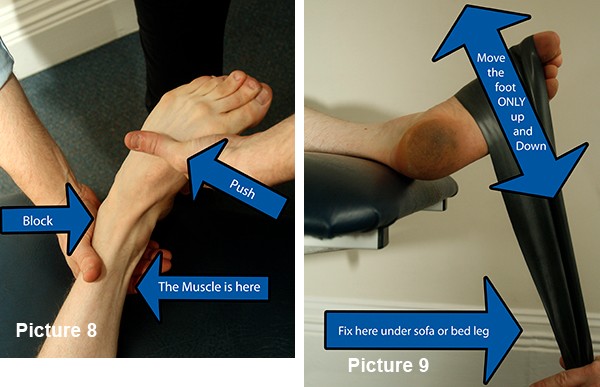
Have a good look at your spikes and racing flats. Ask if they are as cushioned as they might be or have they seen better days. See where a spike is placed, you may find it is right under the ball of the foot. Padding the toe up does not make much difference as it is a functional problem, but running in poor shoes will not help.
If the problem is persistent for more than a month please consult a specialist physio to look at a variety of other issues that can contribute.












